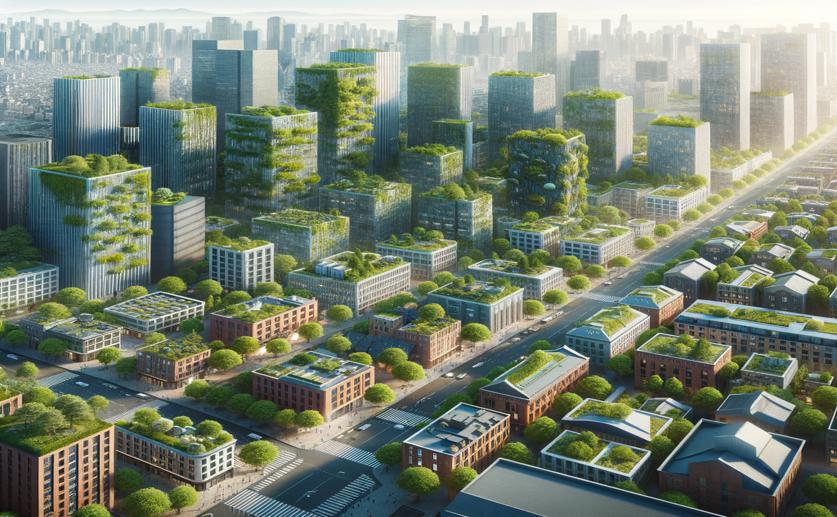
Shaping City Forests: Past Insights for Today's Urban Ecology
Greg Howard
30th July, 2024

Image Source: Natural Science News, 2024
Key Findings
- The study focused on urban forests in Baltimore, Maryland, examining how historical land use affects current forest conditions
- Areas with a history of intensive land use, like agriculture or industrial activity, have poorer soil and less diverse vegetation
- Less disturbed areas over time tend to have healthier soils and more diverse plant communities
EnvironmentSustainabilityEcology
References
Main Study
1) Shaping Baltimore’s urban forests: past insights for present-day ecology
Published 29th July, 2024
https://doi.org/10.1007/s10980-024-01931-y
Related Studies
2) Historical Urban Tree Canopy Cover Change in Two Post-Industrial Cities.
3) A distinct urban biogeochemistry?
Journal: Trends in ecology & evolution, Issue: Vol 21, Issue 4, Apr 2006
4) A city-scale assessment reveals that native forest types and overstory species dominate New York City forests.



 23rd June, 2024 | Greg Howard
23rd June, 2024 | Greg Howard